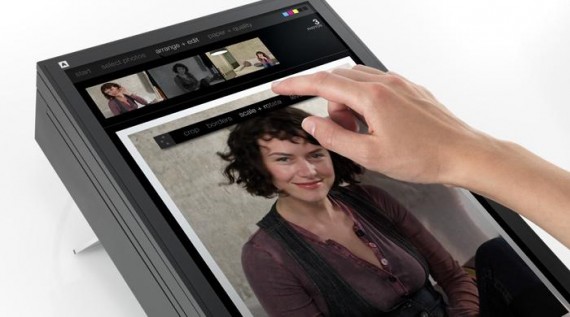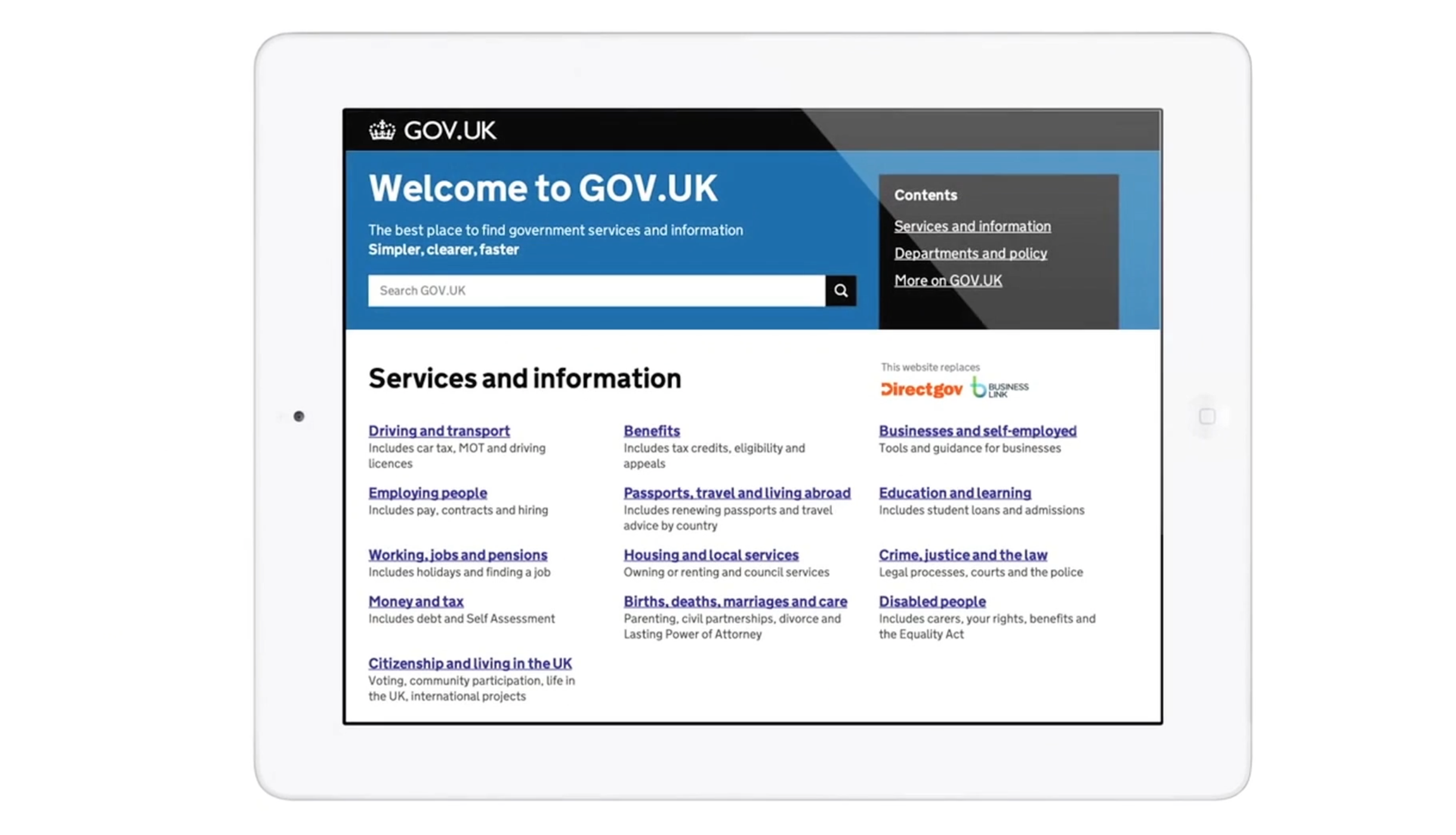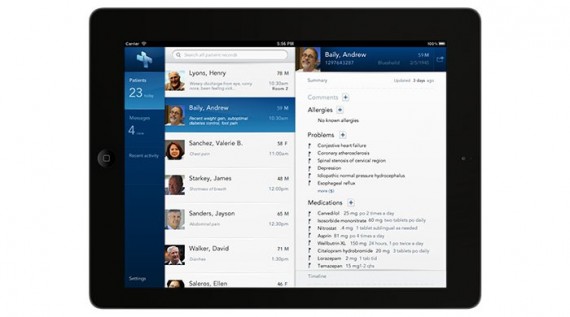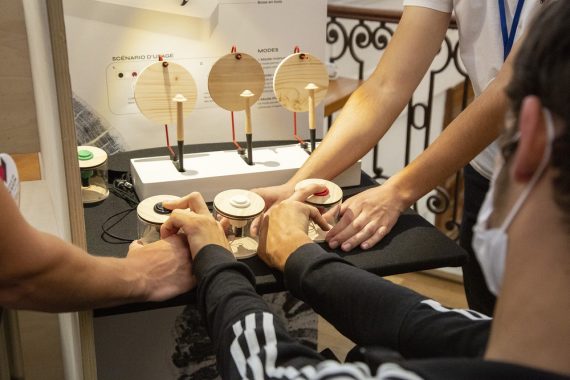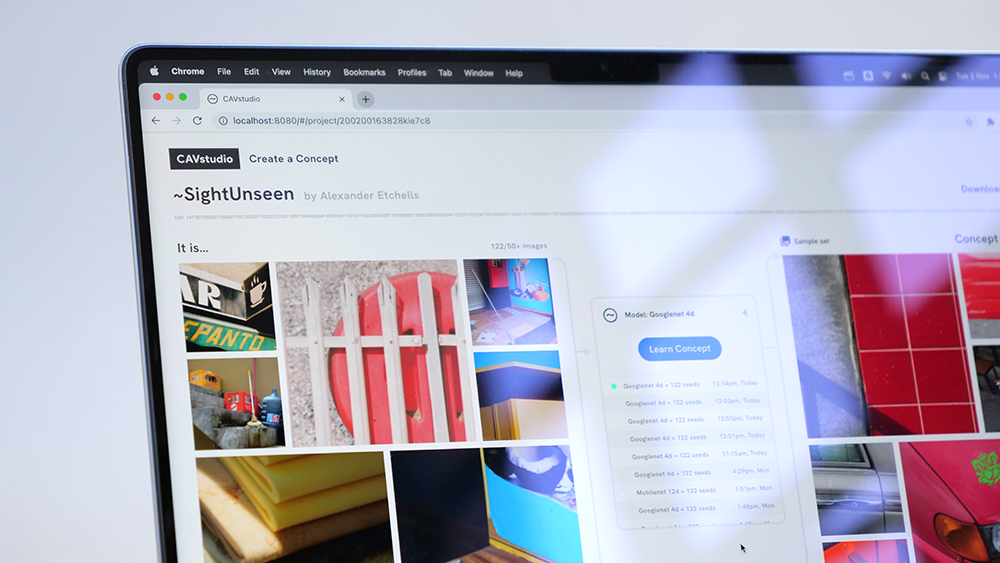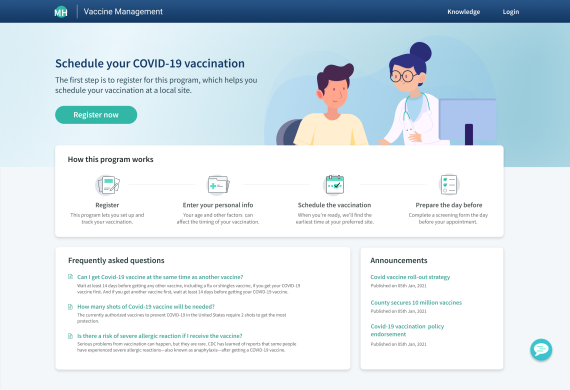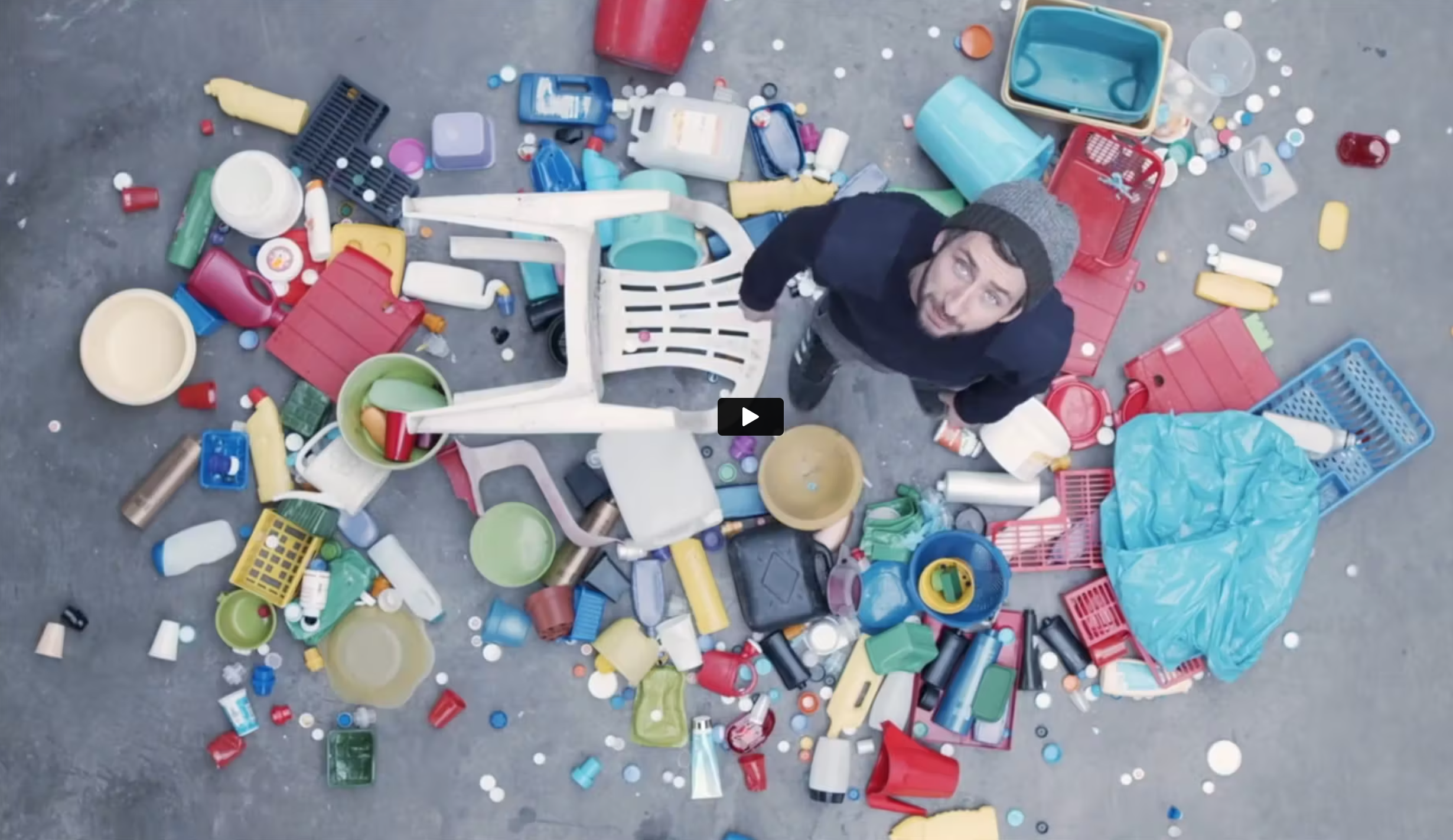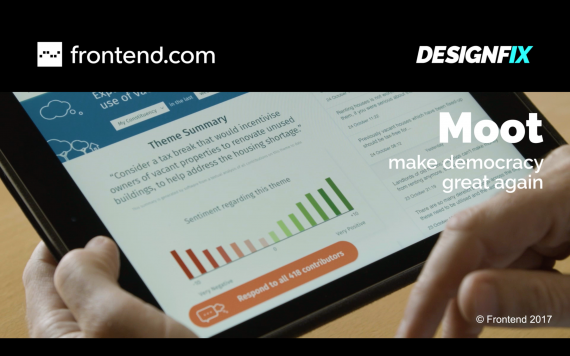SWYP: See What You Print
Team
Company | Institution
Category
Type
Project description
SWYP (See What You Print) radically simplifies printing by giving you the ability to see and manipulate, in a 1:1 scale, what the finished result will look like before you print. The underlying idea is that many common problems, including the wasting of time and paper, could be fixed by making all aspects of the printing interaction more natural, predictable and understandable.
Context
Consumer printers are stagnant. The advance of digital technologies, increasing printing costs and ecological concerns clearly point towards a decline in the long run. Yet, you don’t hear people lament the loss of the printer, nor profess any emotional attachment to it as they do for other digital victims such as books, CDs, Vinyl, etc.The main reasoning for this is that, even today, consumer printing is a complicated and painful experience. Companies are focused on adding more and more features and improving specs, yet the interaction model remained merely untouched over the last 25 years.
As a result, people seldom complain that their printers lack the features they desire but struggle with the very basic printing tasks not getting the results that they are expecting. As we started to re-think the printer, our initial design explorations yielded a range of concepts from addressing current pain points to targeting the transition from analog to digital and future low printing needs (see attached POV report). In the end we chose to focus our design work on a solution that that is near-term and breathes new life into this humble “peripheral” by radically simplifying it.
Impact
SWYP’s driving principle for its impact is that showing users exactly what they will print they can reduce waste of paper and ink. Additionally, at the point of decision, SWYP provides feedback on quality, time, price and environmental impact based on the paper and resolution the user selects. SWYP illustrates that it is possible to innovate even in very mature and very stagnant markets. Printers are very universal products, and we can all relate to the painful experience that printing is today. When you print only what you intend, you eliminate the frustration and waste of unwanted prints.
Craft
What you see is what you print. Showing exactly what the printed page will look like creates predictable results: Margins and scaling can be easily previewed and edited on the touchscreen, just like you would do with real paper. Color results become predictable with a screen that is always calibrated to the printer. Unwanted print areas are easily spotted and can be removed by ‘swyping’ them off the screen.
Connectivity made relevant. SWYP radically simplifies the connectivity features. It provides a quick way to get printouts from the most relevant sources like mobile devices, cameras and libraries like Flickr and Facebook. You can personalize the start screen by creating your personal network of devices and sources for direct printing.
Context
Consumer printers are stagnant. The advance of digital technologies, increasing printing costs and ecological concerns clearly point towards a decline in the long run. Yet, you don’t hear people lament the loss of the printer, nor profess any emotional attachment to it as they do for other digital victims such as books, CDs, Vinyl, etc.The main reasoning for this is that, even today, consumer printing is a complicated and painful experience. Companies are focused on adding more and more features and improving specs, yet the interaction model remained merely untouched over the last 25 years.
As a result, people seldom complain that their printers lack the features they desire but struggle with the very basic printing tasks not getting the results that they are expecting. As we started to re-think the printer, our initial design explorations yielded a range of concepts from addressing current pain points to targeting the transition from analog to digital and future low printing needs (see attached POV report). In the end we chose to focus our design work on a solution that that is near-term and breathes new life into this humble “peripheral” by radically simplifying it.
Impact
SWYP’s driving principle for its impact is that showing users exactly what they will print they can reduce waste of paper and ink. Additionally, at the point of decision, SWYP provides feedback on quality, time, price and environmental impact based on the paper and resolution the user selects. SWYP illustrates that it is possible to innovate even in very mature and very stagnant markets. Printers are very universal products, and we can all relate to the painful experience that printing is today. When you print only what you intend, you eliminate the frustration and waste of unwanted prints.
Craft
What you see is what you print. Showing exactly what the printed page will look like creates predictable results: Margins and scaling can be easily previewed and edited on the touchscreen, just like you would do with real paper. Color results become predictable with a screen that is always calibrated to the printer. Unwanted print areas are easily spotted and can be removed by ‘swyping’ them off the screen.
Connectivity made relevant. SWYP radically simplifies the connectivity features. It provides a quick way to get printouts from the most relevant sources like mobile devices, cameras and libraries like Flickr and Facebook. You can personalize the start screen by creating your personal network of devices and sources for direct printing.

